When you have a baby, safety and hygiene are major concerns. Baby toys, which are often handled and sometimes put in the mouth, can quickly become a breeding ground for germs and bacteria. Disinfecting baby toys is therefore essential for maintaining a healthy environment. In this article, we will explore in detail how to effectively disinfect baby toys, highlighting different methods and products suitable for this task.
Why is Disinfecting Baby Toys Important?
A baby's skin is delicate and their immune system is still developing. This means they are more vulnerable to infections and illnesses. Baby toys, which come into direct contact with their hands and mouth, can become vectors for germs. Here are some reasons why disinfecting baby toys is crucial:
-
Disease Prevention: Babies tend to put toys in their mouths, which can lead to the ingestion of bacteria and germs. Disinfection reduces the risk of illness.
-
Food Safety: If your baby handles their toys during mealtimes, food residue can accumulate on them. Disinfection prevents cross-contamination between food and toys.
-
Maintaining Hygiene: A clean environment contributes to your baby's overall health. Disinfecting toys is an integral part of this process.
-
Allergies and Sensitivities: Some babies may be allergic or sensitive to certain substances. Disinfection removes potential allergens from toys.
Now that we understand why disinfecting baby toys is important, let's move on to the methods and products you can use.
Methods for Disinfecting Baby Toys
1. Hot water and mild soap
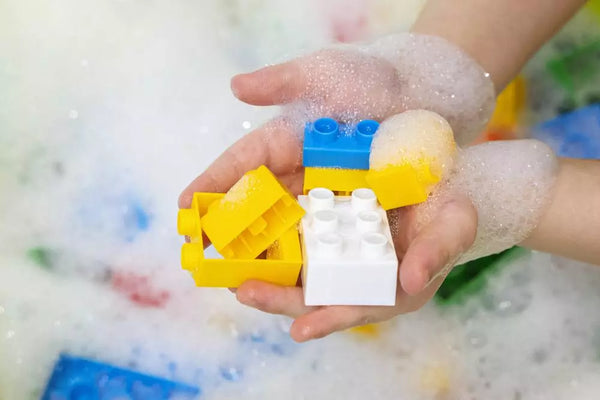
The easiest way to disinfect baby toys is to use warm water and mild soap. Here's how:
- Fill a sink or container with hot water.
- Add mild soap and mix to create a soapy solution.
- Dip the toys into the solution and scrub them gently with a soft brush.
- Rinse thoroughly with clean water to remove any soap residue.
- Allow toys to air dry.
This method works for most baby toys made of plastic, rubber, or silicone.
2. Dishwasher
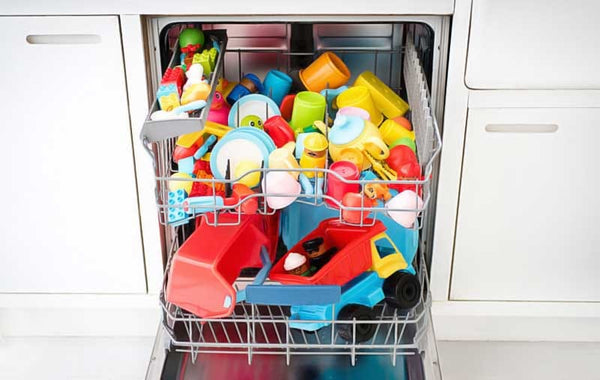
If your baby's toys are labeled dishwasher-safe, this method is very effective. Here's how to do it:
- Place toys in the top rack of the dishwasher.
- Use a high temperature wash cycle without adding detergent.
- Allow toys to air dry after the wash cycle.
Be sure to check the manufacturer's instructions for dishwasher safety of toys.
3. Disinfectants for Baby Toys
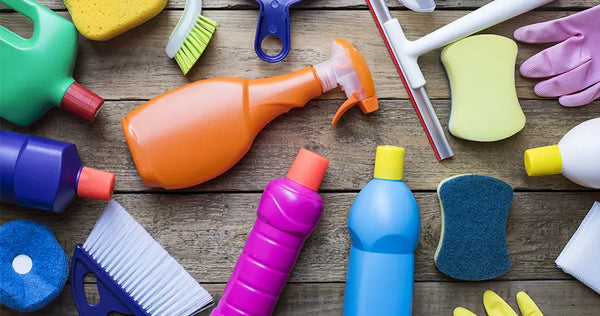
There are disinfectants on the market specifically designed for baby toys. These products are formulated to kill germs without harming your little one. Here's how to use them:
- Follow the manufacturer's instructions for diluting the disinfectant.
- Immerse the toys in the solution for the recommended time.
- Rinse toys thoroughly with clean water to remove any disinfectant residue.
These disinfectants are convenient and provide effective disinfection, but be sure to follow the product instructions carefully.
4. Steam Cleaners
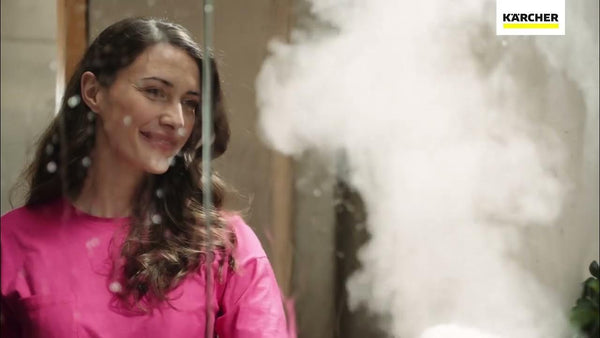
Steam cleaners can be used to thoroughly disinfect baby toys using high-temperature steam. Here's how to do it:
- Fill the steam cleaner tank and let it heat up according to the manufacturer's instructions.
- Steam the toys, paying particular attention to areas most likely to accumulate germs.
- Allow toys to air dry after treatment.
Steam cleaners are effective at killing germs, but make sure the heat can't damage the toys.
5. The Good Old Boil
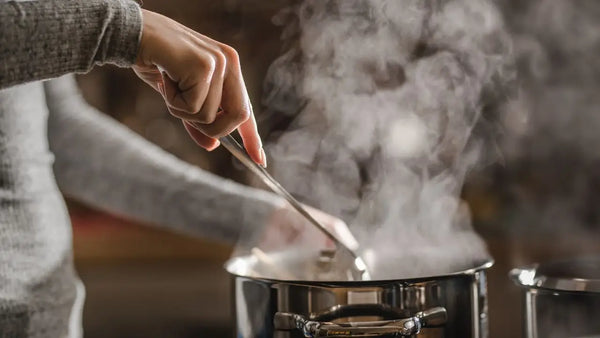
This method is suitable for toys that do not contain electronic or fragile parts. Here's how to do it:
- Bring a large pot of water to a boil.
- Immerse the toys in boiling water for a few minutes.
- Use tongs to remove toys from boiling water.
- Let them cool and air dry.
Make sure toys are completely cooled before giving them to your baby.
Important Tips
- Before using any of these methods, be sure to read the toy labels to check if they can be subjected to the method in question.
- Check the Batteries: If your baby's toy contains batteries, be sure to remove them before disinfecting the toy.
- Avoid Strong Chemicals: Do not use harsh chemicals or adult disinfectants, as they can be dangerous for babies.
- Dry Properly: Make sure toys are completely dry before giving them back to your baby to avoid mold.
- Disinfection Frequency: The frequency of disinfection depends on the use of the toys. Toys that often come into contact with the mouth or food should be disinfected more frequently.
Conclusion
Disinfecting baby toys is an important step in ensuring your child's health and safety. By using the proper methods and following precautions, you can ensure your baby's toys remain clean and germ-free. Regularly performing this task will help maintain a healthy environment for your little one.
How to Disinfect Baby Toys
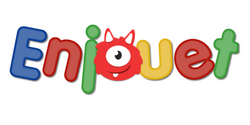
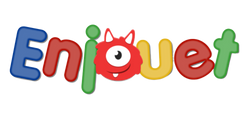
0 comments